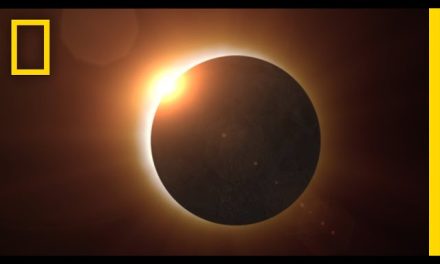The history of NASA spacesuits is a fascinating journey that spans several decades. Let’s explore the key milestones and developments in the evolution of NASA spacesuits.
- Early Spacesuits: The first spacesuits developed by NASA were known as the Mercury suits. Designed for the Mercury program (1958-1963), these suits were relatively simple and lightweight. They were meant to provide the astronauts with basic life support during their suborbital and orbital flights.
- Gemini Spacesuits: During the Gemini program (1961-1966), NASA introduced the Gemini spacesuits. These were the first NASA spacesuits that allowed astronauts to perform spacewalks (extravehicular activities or EVAs). The Gemini suits were bulkier than their predecessors, featuring an additional layer of protection and improved life support systems.
- Apollo Spacesuits: The Apollo program (1961-1972) marked a significant milestone in the history of NASA spacesuits. The Apollo suits were custom-made for each astronaut and consisted of several layers. The outermost layer, the Integrated Thermal Micrometeoroid Garment (ITMG), protected against micrometeoroid impacts and helped regulate temperature. Beneath the ITMG were layers of insulation, a pressure bladder, and a liquid cooling garment to manage the astronauts’ body temperature.
The Apollo spacesuits were specifically designed for moonwalks and were the first to incorporate a Portable Life Support System (PLSS) for extended-duration EVAs. The PLSS included a backpack with life support equipment, such as an oxygen supply, a carbon dioxide removal system, and a communication unit.
- Space Shuttle Spacesuits: With the introduction of the Space Shuttle program (1981-2011), NASA developed new spacesuits called the Extravehicular Mobility Unit (EMU). The EMU was an advanced and modular spacesuit designed to accommodate a wide range of missions, including spacewalks, satellite repairs, and construction tasks.
The EMU featured a hard upper torso assembly, which provided better protection and mobility. It also had improved life support systems and advanced gloves for enhanced dexterity. The EMU remained in use throughout the Space Shuttle era and beyond.
- Advanced Crew Escape Suit (ACES): NASA developed the ACES suit to improve crew safety during launch and re-entry. This orange-colored partial-pressure suit was designed to be worn during ascent and descent aboard the Space Shuttle. It provided emergency breathing air and protection against cabin pressure loss.
- Advanced Crew Survival Suit (ACSS): The ACSS, also known as the “pumpkin suit” due to its bright orange color, was developed for astronauts during water landings and emergency situations. It provided buoyancy and protection against cold water.
- Z-Series Spacesuits: In recent years, NASA has been working on the next generation of spacesuits known as the Z-series. The Z-1 suit, unveiled in 2012, featured a distinctive white and neon green design. It introduced improvements such as a rear-entry hatch and a larger field of vision.
The Z-2 suit unveiled in 2014, incorporated further advancements, including a 3D-printed upper torso and boots. It aimed to enhance mobility and reduce weight. These Z-series suits served as prototypes for future deep-space exploration missions.
- Artemis Spacesuits: Under the Artemis program, which aims to return humans to the Moon and eventually send them to Mars, NASA is developing new spacesuits known as the xEMU (Exploration Extravehicular Mobility Unit). The xEMU will offer enhanced mobility, improved life support systems, and better protection against dust and radiation.
The history of NASA spacesuits showcases the continual advancements in technology, materials, and design to meet the evolving needs of space exploration. Each generation of spacesuits has pushed the boundaries of what humans can achieve in the challenging environment of space.
































South Florida Media Comments